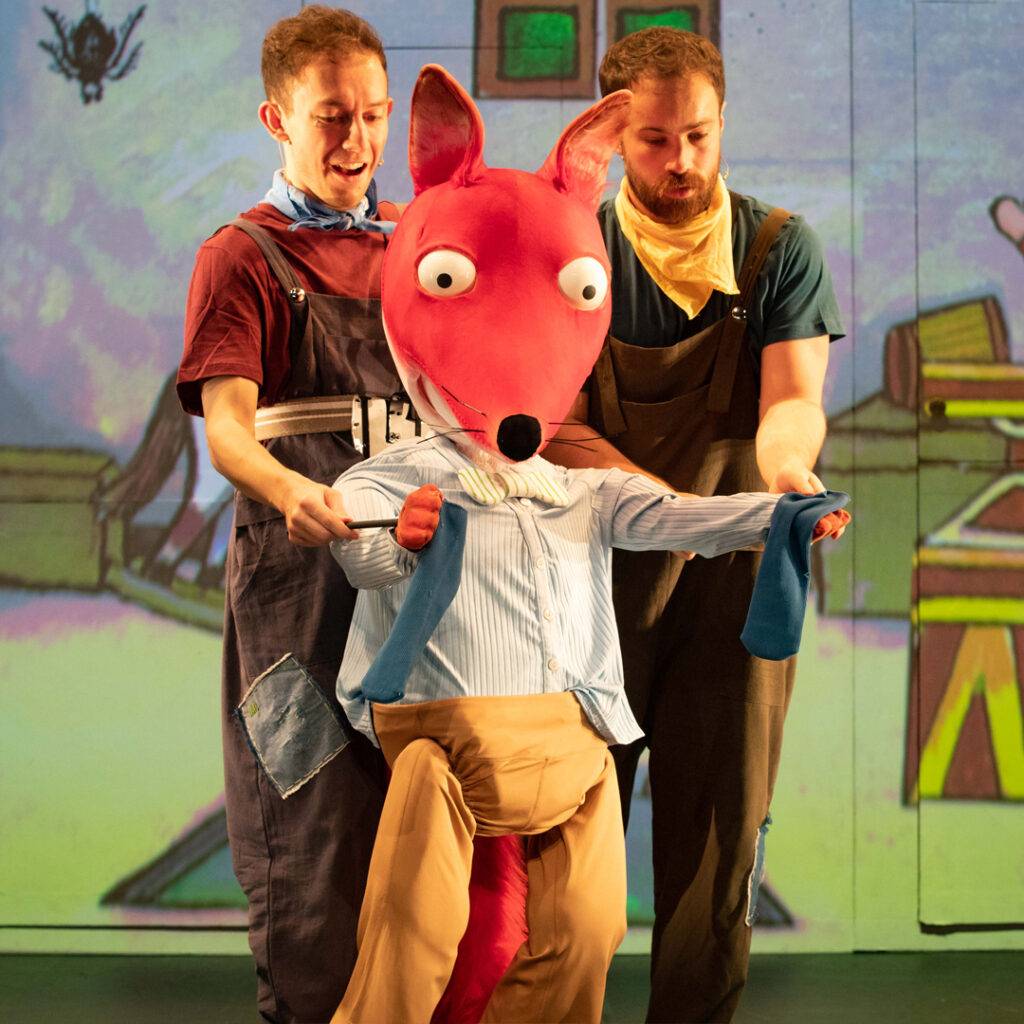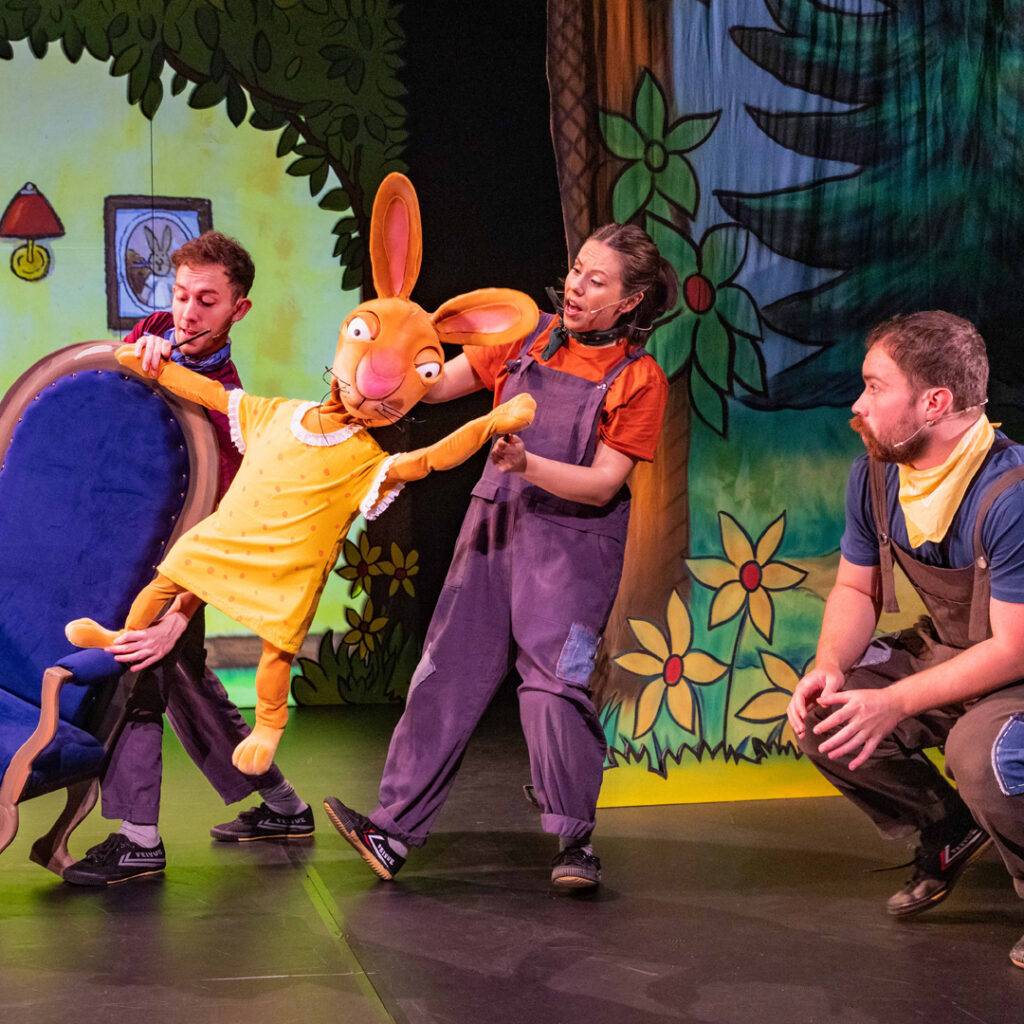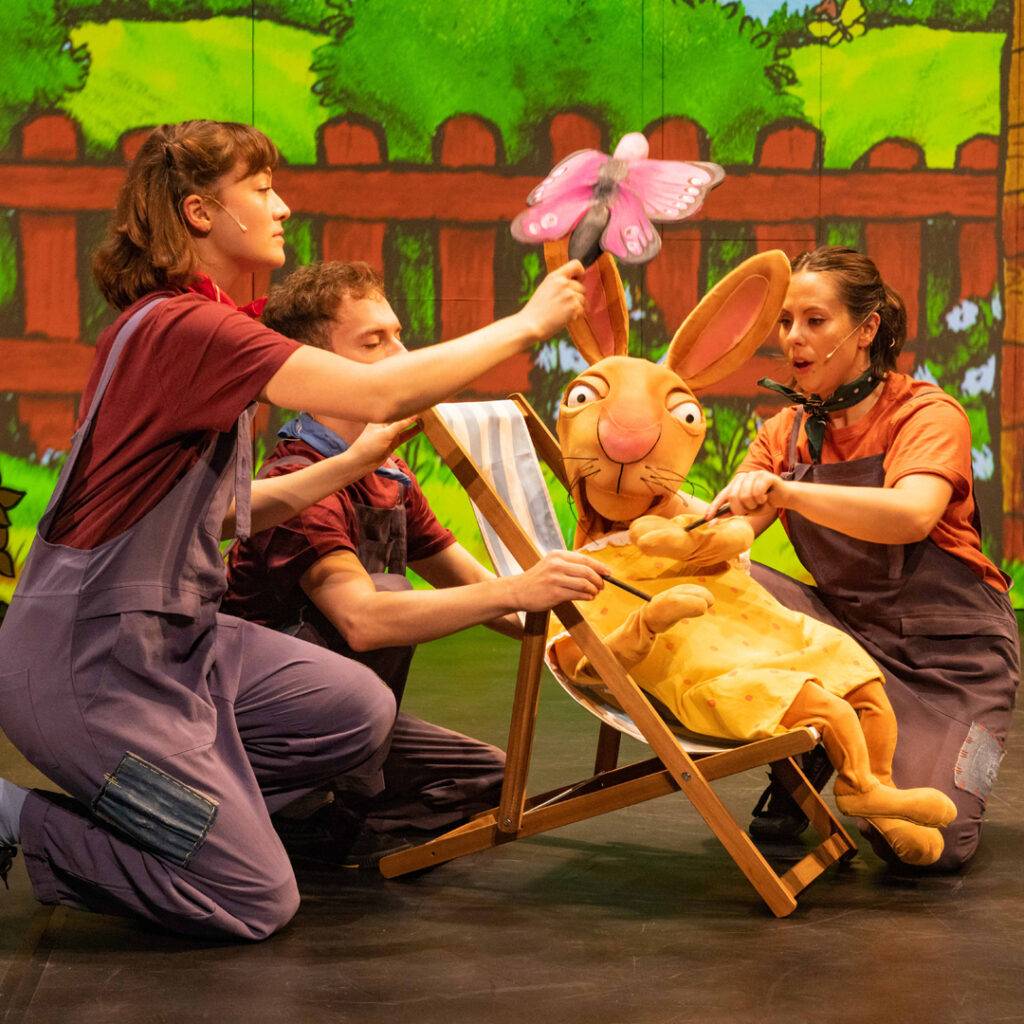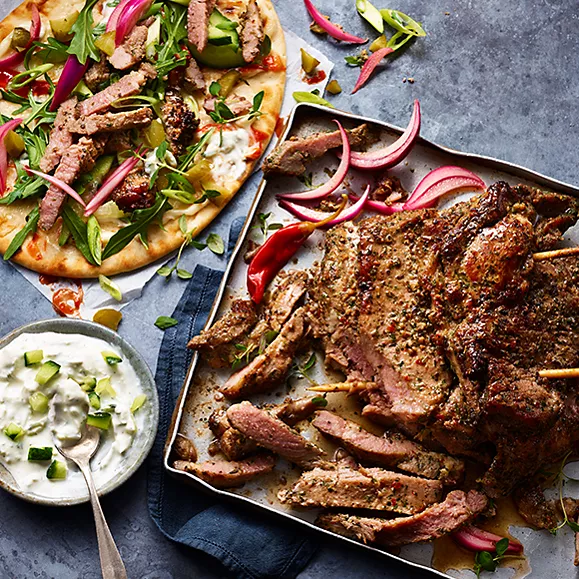Win a VIP hospitality day out for two at BetVictor Hungerford Day, Party In The Paddock at Newbury Racecourse on Saturday, 19th August, starring Olly Murs. Here’s our Q&A with the man himself…
Q. Not to give any spoilers away, but on your April arena tour you opened with a mash-up of your track Marry Me and Elton John’s I’m Still Standing. Was this a tribute to Elton, or a tongue in cheek reference to the knee injury you sustained last time you played at a racecourse?
“Yeah, exactly that! You’re right, and also a sort of for homage; I love that song. Plus I am still standing after all these years, 14 years in the game. After that amount of time people might doubt you, saying things like ‘is he going to be back? Is he going to be the same?’. I love Elton John anyway, but I agree with what you said, last time I did a racecourse gig in 2021 I felt like I’d given them a disservice really. I wasn’t my best and they had to physically take me off stage with four bouncers to move me! I couldn’t walk to the car! I feel like I’ve got to come back and give them one hell of a show, I can’t wait.”
Q. For your previous Newbury show you performed heroically with a knee brace, do you feel it’s a full-circle moment coming back to do this racecourse again this summer?
“It does 100%. Again, to me that whole tour two years ago felt like it wasn’t right. It felt weird, my knee wasn’t great. I was really battling through the emotions of it, and I did enjoy the show, but I was in so much pain. So now that I’m pain-free, I just feel ready to go out there and just give it my best, I can’t wait!”
Q. After Covid & injury does this feel like the first year in a while you’ve been out full tilt?
“Yeah, I just feel like the whole world is lit up now! Everyone is back, everyone’s living life, everyone’s enjoying themselves and it feels like a proper year. Everything feels back to normal, which is brilliant, and I’ve worked really hard. I’ve been super busy with work from filming The Voice to the tour. It’s been quite full-on preparing for, and in the midst of all that, getting married and organising a wedding!
Q. Some artists who have played racecourse shows have sometimes said the atmosphere is like a wonderful big wedding reception. There’s always some stag and hen parties there as well. Do you have any tips for those celebrating in the crowd now you’ve had your own stag?
“What advice would I give? The advice went out the window when I had a stag! Pace yourself, eat something, make sure you eat lots of food.”
Q. There’s always a massive diverse crowd at the racecourse shows. Do you find you change your setlist for the summer audiences?
“I always feel very conscious of that, you know. I’m not someone that thinks it’s all about me, I think that you have to play to an audience. Coming to a racecourse I know that so many people are there to enjoy themselves and to have fun. If they’re hearing say, track two off my fifth album that has no relevance to their night, they’re likely to think ‘what is this song? I want to hear Heart Skips A Beat, I want to hear Dance With Me Tonight, I want to hear all the hits!’ I always cater for every audience that I sing in front of and always make sure the setlist is right because I want people to walk away going… you know what? I like Olly Murs because not only does he do his own songs, but he also likes to mix it up by singing other songs.”
Q. Speaking about the newer songs, what has been the best crowd reactions you’ve had to any of your songs from your latest album Marry Me?
“I would say it’s I Hate When You’re Drunk. That’s a really great song to sing live and the reason is it’s a fun song, especially with the racecourses it’s going to go down a storm because everyone always drinks too much and there’s always going to be one person in your group of friends that you’re like, you know what… they’re doing my head in. So, I think this song will definitely get the best reaction!”
Q. You’ve performed a few times now at racecourses but you’ve also been as a guest, have you ever won anything or is it just a flash in the pan losing whenever you’re there?
“One year Kaiser Chiefs were playing so we went down for my mate’s 30th and it was brilliant. I think on one of the races we won a fair amount, and we were flying as that was only the second race or first race, but by the time we go to the last race our winnings were gone. We were super excited, and it was so fun, but you’ve got to be careful betting. I think that’s what’s so good about these shows in particular, the fact that you have a six-card afternoon of racing, where everyone can have a fantastic day out, then they get to see their favourite artists live. Honestly, I tell so many people who haven’t been to a music night at a racecourse before that they have to go and do it. It’s top entertainment, everyone comes, it’s a lovely day out with friends, families, or partners. You get to watch racing, where everyone can have a fantastic day out, then they get to see their favourite artists live. Honestly, I tell so many people who haven’t been to a music night at a racecourse before that they have to go and do it. It’s top entertainment, everyone comes, it’s a lovely day out with friends, families or partners. You get to watch racing, eat some good food, drink some wine, beer or cocktails and then you get to watch an act at the end of it. It’s just brilliant fun!”
Q. For those people who haven’t seen you before, can they expect from an Olly Murs headline gig?
“For me, it’s energy, fun and a bit of banter. It’s entertainment and it’s just a really good laugh. I think if you want to come and dance all night and listen to some classics while also listening to my own songs, you’ll get a bit of everything in my show. It’s really good fun and an energetic show. It’s not too serious, it’s just a really good night out.”
Tickets are on sale now at Newbury Racecourse
































